|
I have heard many different customer issues regarding Citrix as of late. They are wondering what is happening with the direction of Citrix these days. Citrix has made some announcements and directional changes that are affecting their customers and not always in a positive way. So, I thought I would give my two cents on comparing the two platforms and, for those looking to make a move, discuss what a migration strategy should outline. As virtualization technology, VMware Horizon and Citrix are two of the most popular solutions available on the market today. While both platforms have similar functionality, some key differences make VMware Horizon a better choice for businesses looking to streamline their virtualization processes. Superior Virtual Desktop Infrastructure (VDI) TechnologyOne of the most significant differences between VMware Horizon and Citrix is their approach to VDI technology. While Citrix offers a VDI solution, VMware Horizon has developed a more cutting-edge integrated technology solution. It provides a more flexible, scalable, and secure approach to desktop virtualization, making it a superior choice for businesses that manage many virtual desktops. With Horizon, users can access their virtual desktops from any device, anywhere, and anytime, without compromising security. Greater Integration CapabilitiesAnother area where VMware Horizon outperforms Citrix is in its integration capabilities. VMware has developed a robust ecosystem of solutions that can be seamlessly integrated with Horizon. These include cloud management platforms like VMware Aria Suite and VMware Cloud Director, VMware Workspace One and network virtualization solutions like NSX. These integrations enable businesses to create a more comprehensive and cohesive virtualization strategy that meets their unique needs.
On the other hand, Citrix relies on a more fragmented approach to integration, often requiring businesses to use multiple solutions from different vendors to achieve the same functionality. This can lead to increased complexity, cost, and potential compatibility issues.
0 Comments
The cloud is all about agility and flexibility, but agile and flexible can look different to different people. For app developers, it could be one cloud service provider. For marketing, it might be another. For IT, a third third-party provider could be the preferred platform. As a result, enterprises today have a new challenge: how to manage multiple clouds.
A unified cloud offers several advantages to enterprises. By managing multiple clouds through a single management system, enterprises can better control security, ensure regulatory compliance, enforce business policies, and share data between applications. A unified cloud also allows enterprise to deploy virtual desktops faster and manage them more efficiently in a multi-cloud environment. Healthcare is a good example of how unified cloud management can make a difference. The healthcare industry is marked by merger and acquisition; new employees are added, apps are migrated, access privileges and policies change, etc. Managing all of this change across multiple clouds can be complex and time consuming, resulting in critical delays as new physicians and staff are onboarded. With unified management solutions like Citrix Workspace Cloud, however, managing apps and users in a multi-cloud environment is no different than managing them in a single cloud from a process perspective, meaning that you can onboard personnel and update apps in minutes rather than days or weeks. In other words, you have the flexibility and agility that attracted your enterprise to the cloud in the first place. Although Citrix isn’t the only vendor in this space, they have a leg up on many of their competitors because of their history in the application delivery space. Many enterprises already have Citrix skills in place (e.g., their apps may already be deployed through XenApps), so there’s an existing comfort level with Citrix’ logical approach to cloud management. If you’re looking to reduce your cloud opex even further, Rolta AdvizeX can manage your unified cloud/Workspace environment for you. Unified cloud management is a sound part of any cloud strategy, but maybe you don’t have a cloud strategy in place. If not, Rolta AdvizeX can help you create one through our Cloud Advizer services. With Cloud Advizer, we identify which apps and use cases can benefit the most from the cloud, and then help you migrate and manage them. Increasingly, cloud isn’t becoming an “either/or” but an “and/and” proposition for enterprises as cloud decision-making becomes decentralized. Unified cloud management from Rolta AdvizeX and Citrix can restore clarity to your cloud strategy and avoid cloud confusion. http://www.advizex.com/blog/app-environment-getting-mighty-clouded/ Ask two different people what defines an effective business application, and you’re likely to get two different answers. For top-level management, enhanced productivity is the top priority for applications. Business-level users, however, would point to mobility and ease of use. And for CIOs, the answer might be security. Fortunately, businesses don’t have to choose a single answer; they can have it all with Citrix. Read the entire article here. |
RecognitionCategories
All
Archives
June 2024
|
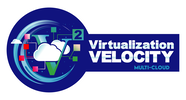

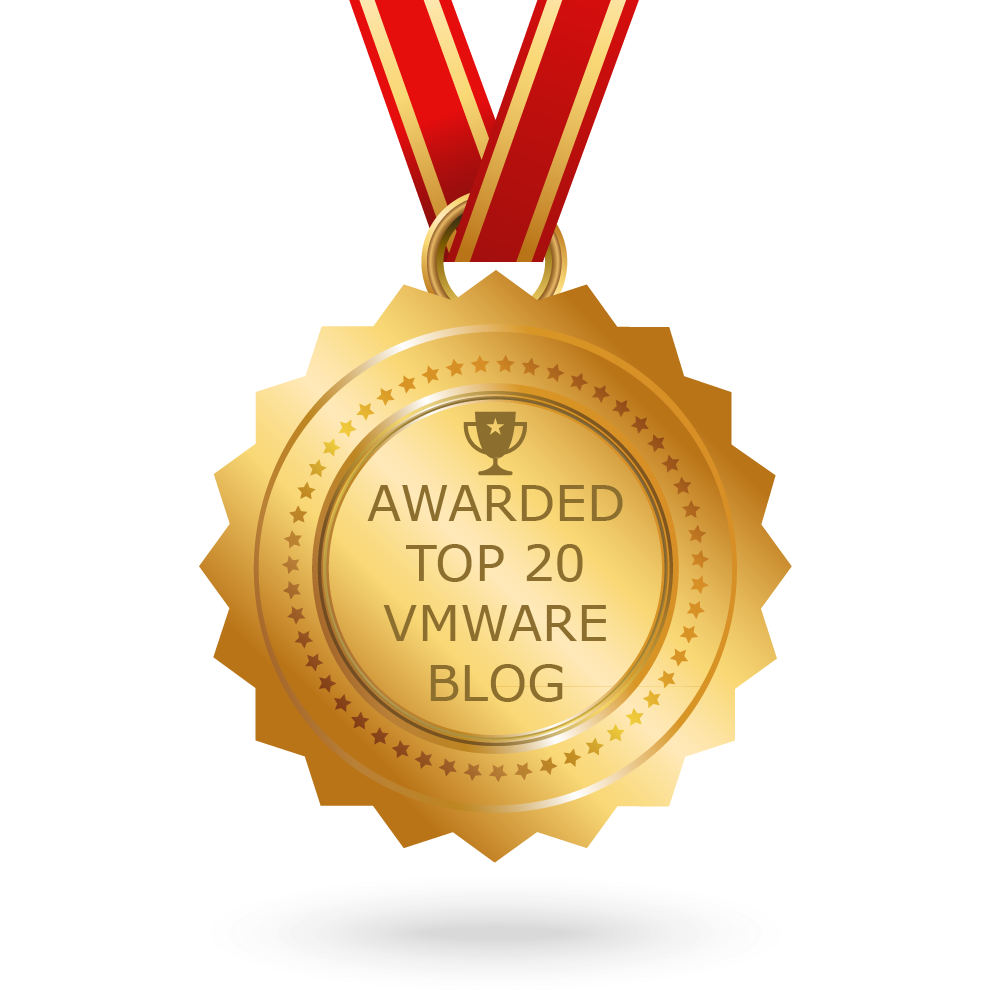
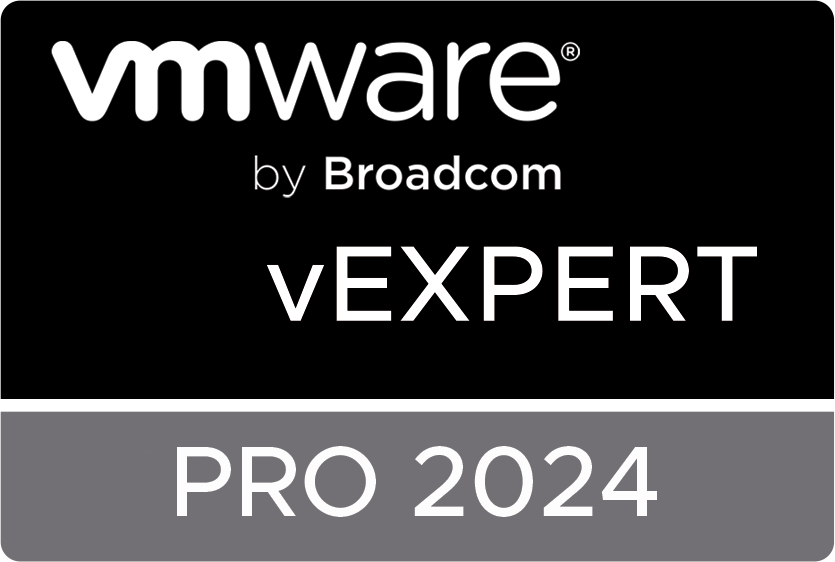


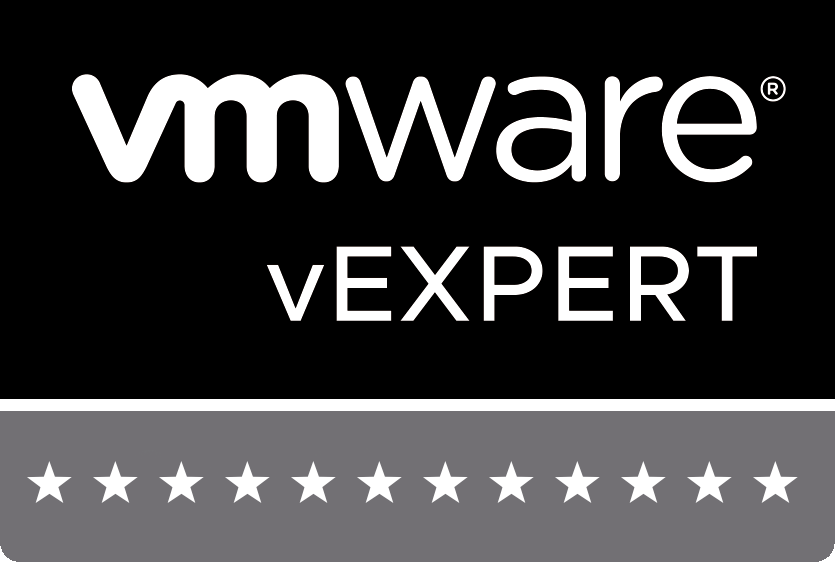
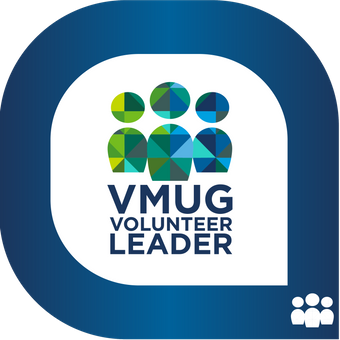

 RSS Feed
RSS Feed